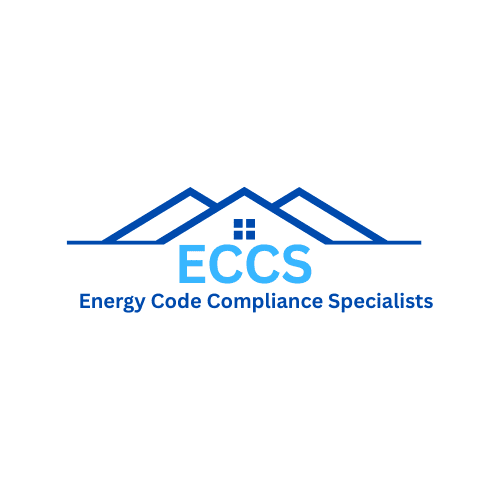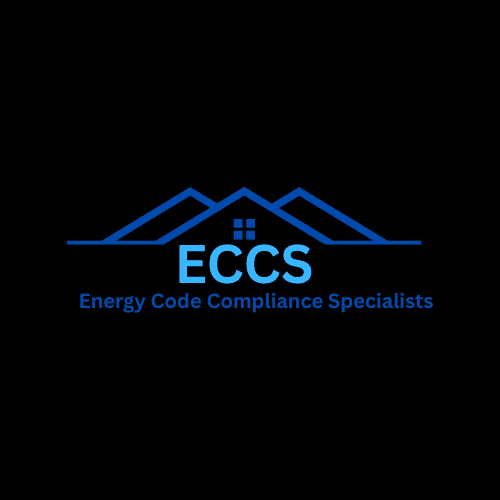Our USP
Get reliable professional compliance solutions
We deliver expert solutions tailored to meet your specific needs, ensuring excellence and driving success in every job with Energy Code Compliance Specialists.
01.
Infiltration Testing
Home energy professionals determine how much air is entering or escaping from your home.
Professional energy assessors use tests to help determine a home’s airtightness. These are some reasons for establishing the proper building tightness:
- Reducing energy consumption from excess air leakage
- Avoiding moisture condensation problems
- Avoiding uncomfortable drafts caused by cold or warm air leaking in from outside
- Controlling outdoor contaminants, pests, and odors from entering your home.
- Determining proper sizing and airflow requirements of heating and cooling equipment.
- Determining whether mechanical ventilation is needed to provide acceptable fresh air and maintain indoor air quality in your home.
02.
REScheck
The REScheck product group makes it fast and easy for builders, designers, and contractors to determine whether new homes, additions, and alterations meet the requirements of the IECC or a number of state energy codes. REScheck also simplifies compliance determinations for building officials, plan checkers, and inspectors by allowing them to quickly determine if a low-rise residence meets the code.
REScheck is appropriate for insulation and window trade-off calculations in residential detached one- and two-family buildings and multi-family buildings three stories or less in height above grade, such as apartments, condominiums, and townhouses. REScheck works by performing a simple U-factor x Area (UA) calculation for each building assembly to determine the overall UA of a building. The UA that would result from a building conforming to the code requirements is compared against the UA for your building. If the total heat loss (represented as a UA) through the envelope of your building does not exceed the total heat loss from the same building conforming to the code, the software generates a report that declares your building is compliant with the code.
03.
Home Energy Audit
An assessment can help you determine how much energy your home or commercial location uses, where your property is inefficient, and which problem areas and fixes you should prioritize to save energy and improve the comfort of your location. Whether for your home or commercial site, an energy assessment should be your first step before making energy-saving improvements, as well as before adding a renewable energy system to your home.
A professional energy assessment will provide a thorough analysis of your structure’s energy use. In addition to a room-by-room examination, an energy professional may use equipment such as blower doors, infrared cameras, gas leak and carbon monoxide detectors, moisture meters, and non-toxic smoke pens.
While you can try an audit yourself, energy.gov recommends having an audit done by professionals to get the most clear and accurate analysis.
Learn more about professional energy assessments
04.
Passive House
Fundamental to the energy efficiency of these buildings, the following five principles are central to Passive House design and construction:
1) Superinsulated Envelopes
2) Airtight Construction
3) High-Performance Glazing
4) Thermal-Bridge-Free Detailing
5) Heat Recovery Ventilation.
All these key principles are linked to and impact each other in the design. No one principle can be neglected without having a negative impact on the rest. To effectively create a Passive House building, the design should be looked at holistically to incorporate all five design principles.
The Passive House approach empowers us to build better. It creates durable, resilient buildings that slash heating energy use by as much as 90% and dramatically reduce operational carbon emissions. Passive House design tools and methods make these energy performance gains both cost-effective and predictable. You know what performance to expect with a certified Passive House. Most importantly, Passive House buildings create healthy, comfortable, and quiet interior environments, full of clean, filtered fresh air.





